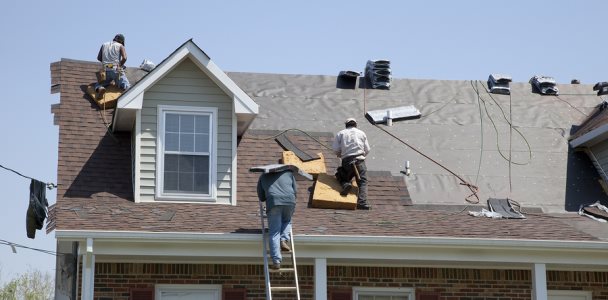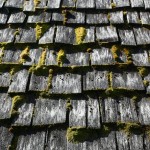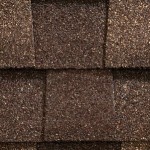Shingle Roof Replacement

Need to Replace Your Shingle Roof?
Time for a new roof? Shingles have different lifespans, but every homeowner is going to have to replace the roof at some point. Depending on the type of shingles you’re working with, you have different options for replacement.
Replace or recover?
When the time comes for a new asphalt shingle roof, some people choose to put a new layer of shingles over the existing layer. It may not be possible for you to do so if your roof has already been layered or if building codes in your area disallow it. And while it is a considerably less expensive option that tearing off the old roof, it is not really a wise decision. Here are the advantages of tearing off vs recovering:
Advantages of tearing off old shingles:
- Inspection of the roof deck for weak spots
- Greater resale value
- New flashing installed
- Less heat trapped between layers
- Longer lifespan
- One layer to tear off the next time
- Less expense in the future
Advantages of recovering your roof:
- Lower cost
- Faster installation
As you can see, recovering your roof has significant drawbacks. Your roofer won’t be able to inspect the roof deck for rot, mold, or other issues that weaken the structure. Flashings and shingles that protect vulnerable areas like valleys and corners will be covered over, not replaced. And when the time comes for the next new roof, your roofers will be faced with the prospect of tearing off an extra layer, which will cost you a great deal more. Plus, a layered roof has much lower resale value. The bottom line: You’ll pay dearly later for what seems like a money-saver now.
Other options
You may also want to consider a different type of shingle. If your roofing is constructed from inexpensive 3-tab shingles, you might want to consider higher-end dimensional shingles. You can also look at more expensive options, like wood shakes or manufactured slate. The better your roofing materials, the more value is added to your home. Before you decide, however, you will need to look into homeowner’s association or community regulations, and check your county building codes for restrictions.
Things to consider
A new roof is a big investment and an important consideration. It will affect the value of your home and also its structural integrity, by keeping out leaks. Where you live is important. If your home is in an area where high winds, hurricanes, tornadoes, lightning, heavy snow, or other extreme weather is common, quality roofing materials and expert installation are crucial.
Your roof is the only thing standing between you and the outdoors. Extreme weather conditions, including heat, shorten the life of the roof and potentially expose your home to the elements. It’s important to choose a roofing material that will stand up to the conditions of the region.
Installation is the last critical consideration. Roofing is a complicated business. A roofing expert will ensure that your roof is sound and in good repair, and properly protect vulnerable spots where water might otherwise collect. It’s never a bad decision to hire a professional roofer.





